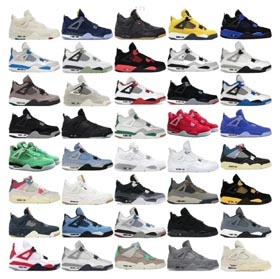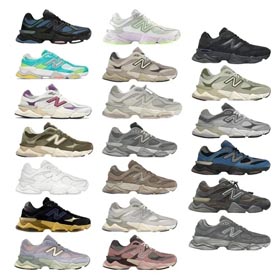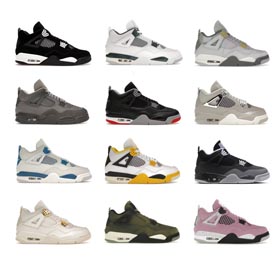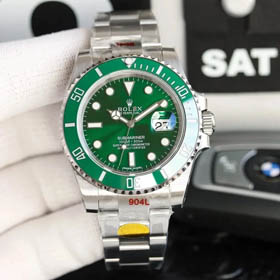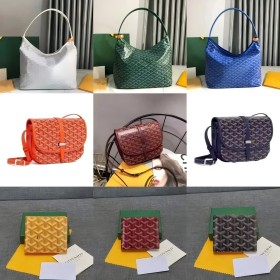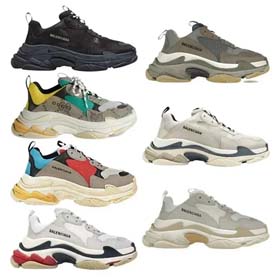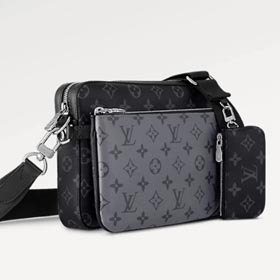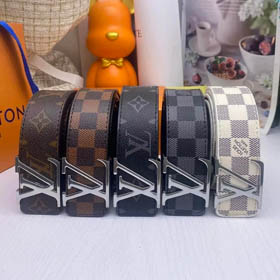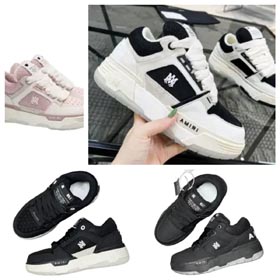The Evolution of Burberry: From Functionality to Global Luxury
Burberry stands as an iconic symbol of British heritage, luxury, and innovation. Founded in 1856 by a 21-year-old draper's apprentice, Thomas Burberry, the brand began as a small outfitter in Basingstoke, England. Burberry's initial focus was on developing outdoor attire that could withstand the British climate. His most revolutionary invention came in 1879 with the creation of gabardine, a breathable, weatherproof, and tearproof fabric. This groundbreaking material was crafted by embedding a coating of wax into the yarn before weaving, making it impervious to rain while remaining comfortable. This innovation laid the foundation for the brand's future success and established its reputation for functionality.
The brand's association with exploration and the great outdoors was solidified in the early 20th century. The now-famous Trench Coat was born from necessity during World War I. Burberry designed the "Tielocken" coat, a forerunner to the trench coat, for British military officers. Its design featured D-rings for attaching equipment, a gun flap, and storm shields, all functional elements that have since become signature style details. Following the war, the coat was adopted by civilians and quickly became a wardrobe staple for its impeccable style and practicality.
Beyond the trench coat, the Burberry check pattern has become one of the world's most recognizable logos. Originally introduced in the 1920s as a lining for the trench coat, the distinctive camel, black, white, and red pattern quickly gained popularity. For decades, it symbolized British elegance. However, by the late 20th century, the pattern had been over-licensed and lost some of its exclusive appeal. The brand's revival began in the late 1990s and early 2000s under the guidance of new leadership and visionary designers like Christopher Bailey. They successfully repositioned the check, limiting its use and reintegrating it as a symbol of high fashion, appealing to a new, younger generation.
In the digital age, Burberry has positioned itself at the forefront of technology and marketing. It was one of the first luxury brands to live-stream fashion shows and embrace social media platforms fully. This forward-thinking approach has allowed it to maintain its relevance and connect with a global audience. Today, under CEO Jonathan Akeroyd, the brand continues to balance its rich history with a modern sensibility, offering a full range of products from ready-to-wear and accessories to fragrances.
For a detailed overview of some of Burberry's most iconic and contemporary products, you can explore this comprehensive product spreadsheet


